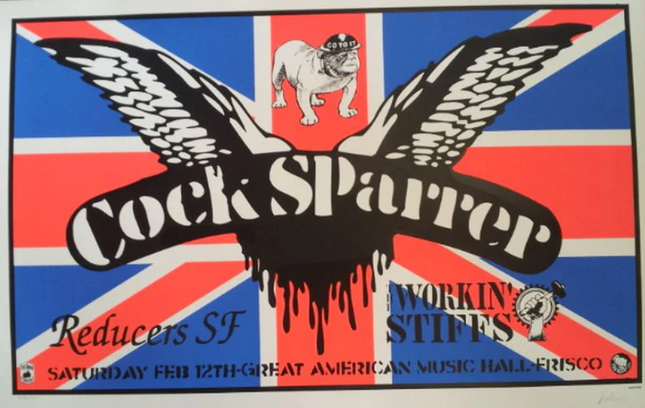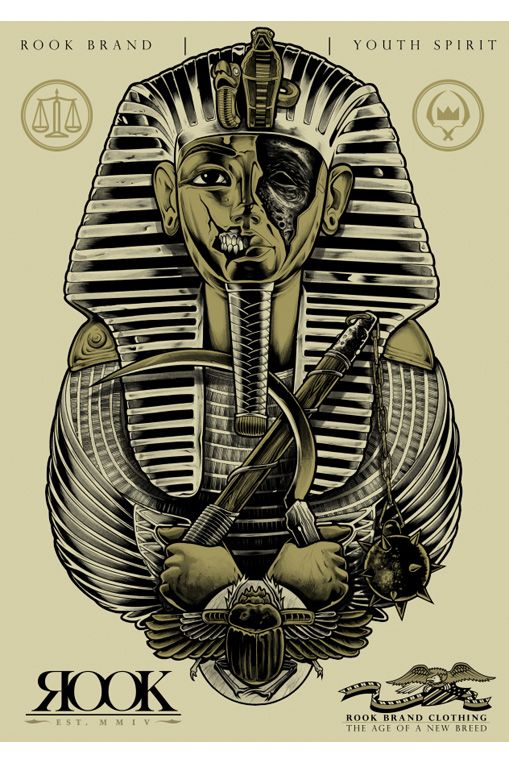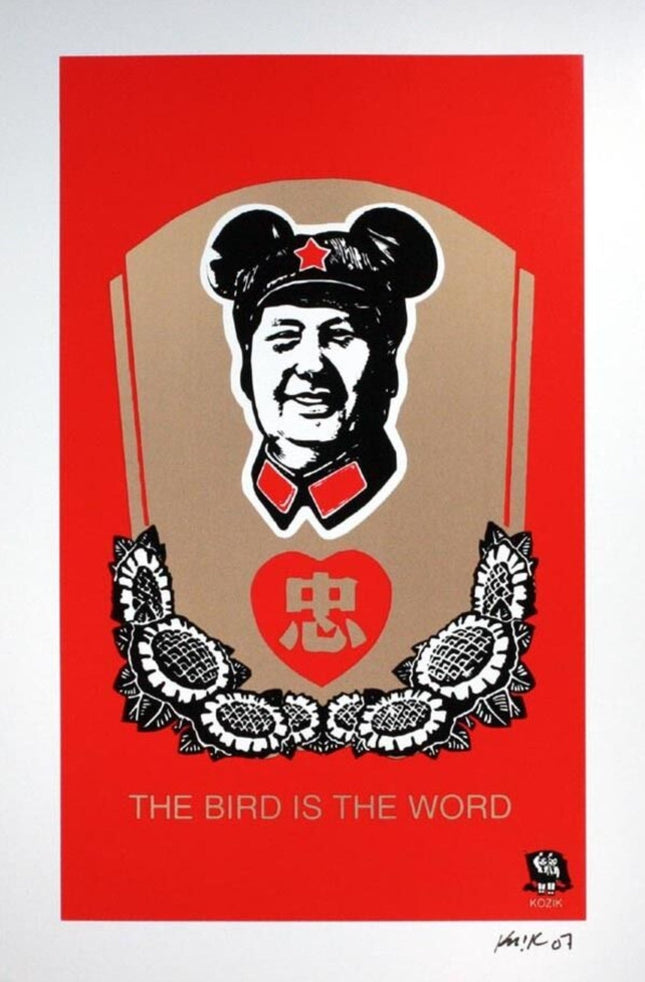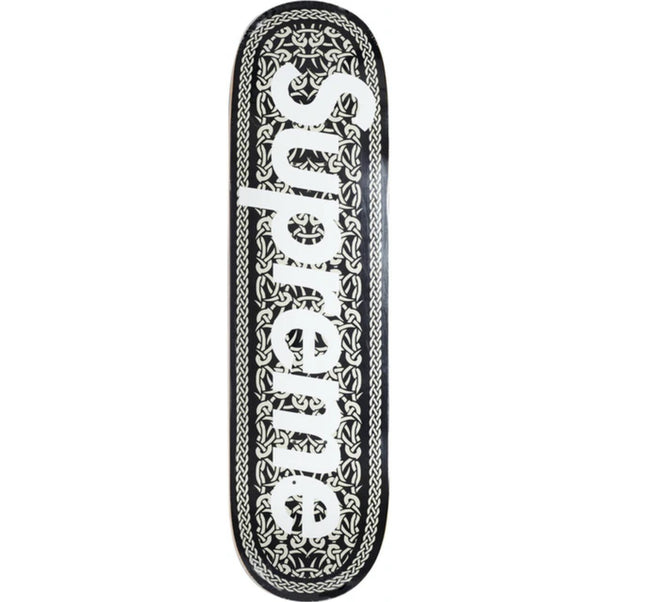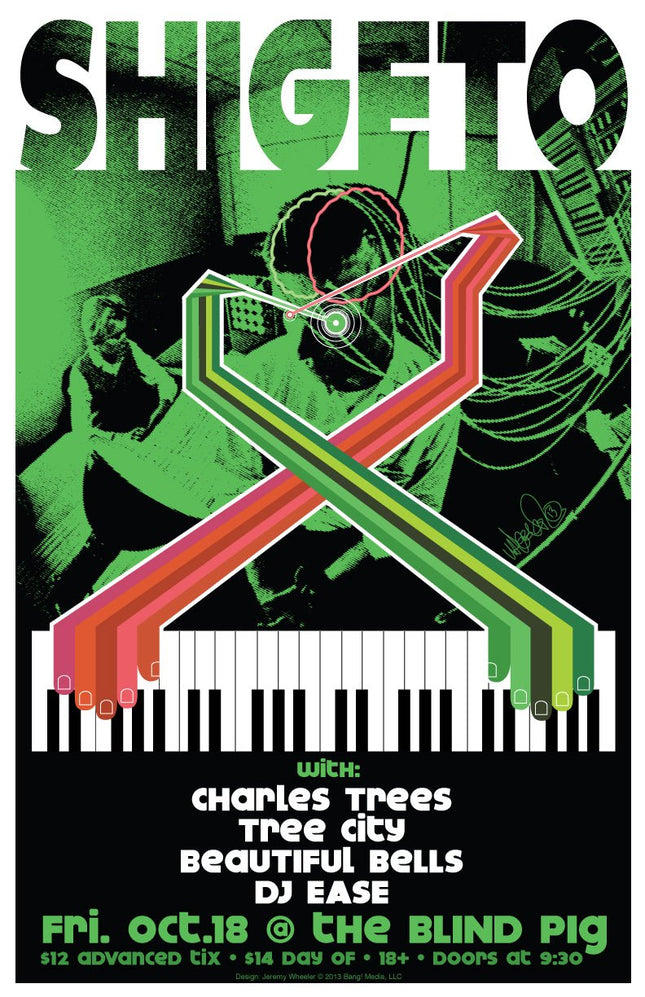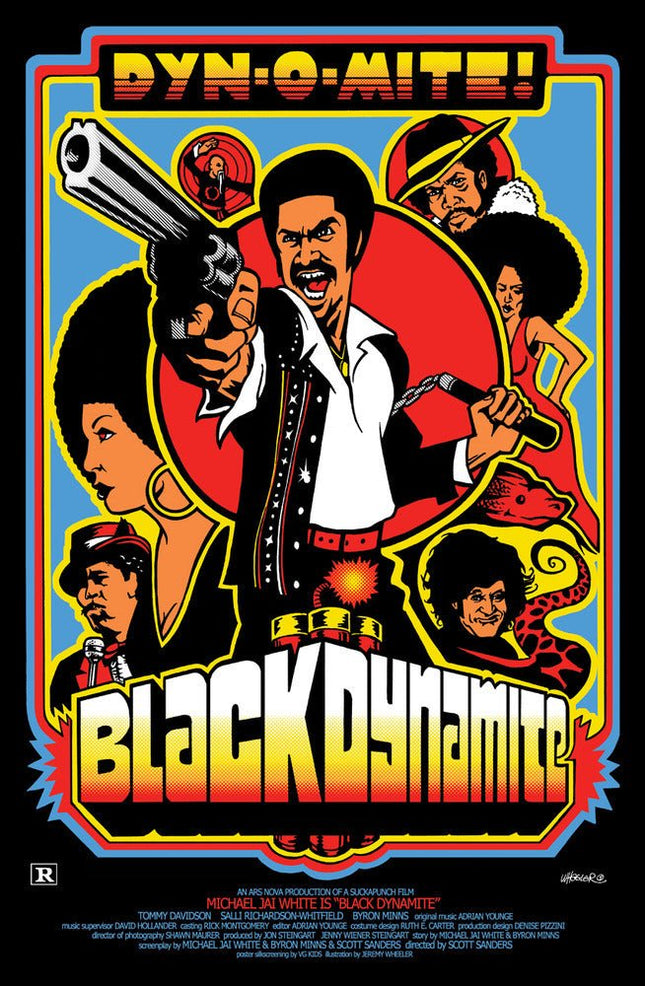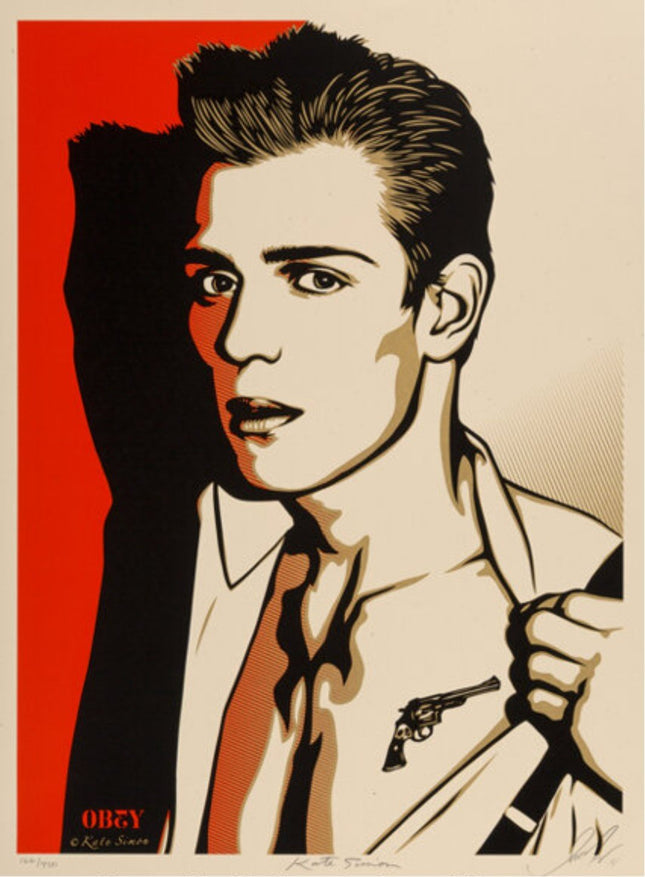The Lonesome Crowded West Tower Modest Mouse Silkscreen Print by Shepard Fairey- OBEY Hand-Pulled 5-Color on Cream Speckletone Fine Art Paper Limited Edition Artwork Obey Pop Culture Artist.
2022 Signed & Numbered Limited Edition of 825 Artwork Size 18x24 Silkscreen Print
"I’m really happy that Modest Mouse asked me to create some limited edition posters for their tour commemorating the 25th anniversary of their 1997 album The Lonesome Crowded West. I first heard Modest Mouse in 1998. I borrowed a friend’s copy of the album The Lonesome Crowded West, which had come out the year before, and it grew on me quickly to become a favorite. The whole album is great, very multi-dimensional ranging from aggressive and dissonant on songs like “Teeth Like God’s Shoeshine” to folky, jangly, and intimate on “Trailer Trash.” My two favorite songs on The Lonesome Crowded West are “Doin’ the Cockroach,” which builds steadily into an exhilarating staccato guitar frenzy, and the song that follows it, “Cowboy Dan,” which is full of tension, struggle, anger, and beauty. Lyrically, the band’s singer and primary songwriter, Isaac Brock, comes across as an empathetic world-weary sage. I rarely call someone a poet, but Isaac wrote with such depth for someone only 23 years old that I think poet is the only title that properly conveys his elevated craft as a lyricist. I got to do Modest Mouse’s 2000 Black Glass tour poster, which was a huge deal for me." -Shepard Fairey- OBEY
Marking the 25th anniversary of Modest Mouse's influential album "The Lonesome Crowded West," celebrated street artist Shepard Fairey, known as OBEY, crafted a striking limited edition silkscreen print. This 2022 piece, meticulously hand-pulled and comprising five colors on Cream Speckletone fine art paper, mirrors the layered complexity of the album it honors. The work measures 18x24 inches, a testament to the album's monumental impact on the alternative rock scene and Fairey's own artistic journey. Each of the 825 signed and numbered prints encapsulates Fairey's personal connection with the album, having first encountered its raw and eclectic sound in 1998, a year after its release. He describes the album as "multi-dimensional," resonating through its varied tones from the "aggressive and dissonant" to the "folky, jangly, and intimate." His favorite tracks, "Doin’ the Cockroach" and "Cowboy Dan," evoke contrasting emotions of exhilaration and introspective tension, revealing the dexterity of Modest Mouse's music and the profound lyrical skill of frontman Isaac Brock. In this piece, Fairey channels the essence of the album's themes, depicting an isolated tower amidst a vast, red-streaked landscape, symbolizing the album's exploration of urban isolation and the Western American experience. The contrast between the solitary building and the surrounding expanse eloquently captures the album's title, "The Lonesome Crowded West." This visual representation goes beyond mere album art; it is an intersection of Fairey's iconic style and Modest Mouse's sonic influence, bridging visual and auditory art forms. Fairey's engagement with Modest Mouse extends back to their 2000 "Black Glass" tour, for which he also created a poster. This long-standing relationship emphasizes the mutual respect between the artist and the band, illustrating how music and visual art can coalesce to form powerful cultural statements. His artistic expression is not only a tribute to the music but also an homage to Brock's poetic lyrics, which left an indelible impression on Fairey, prompting him to label Brock a true poet. As an influential figure in street art and pop culture, Fairey’s creation for Modest Mouse cements his position at the forefront of contemporary art. It serves as a visual anchor for the album’s legacy, ensuring that its cultural resonance extends into the visual realm. Collectors and fans of both the band and Fairey find in this print a confluence of two forms of rebellion and expression, solidified on paper but echoing far beyond.
Read
more
less
















